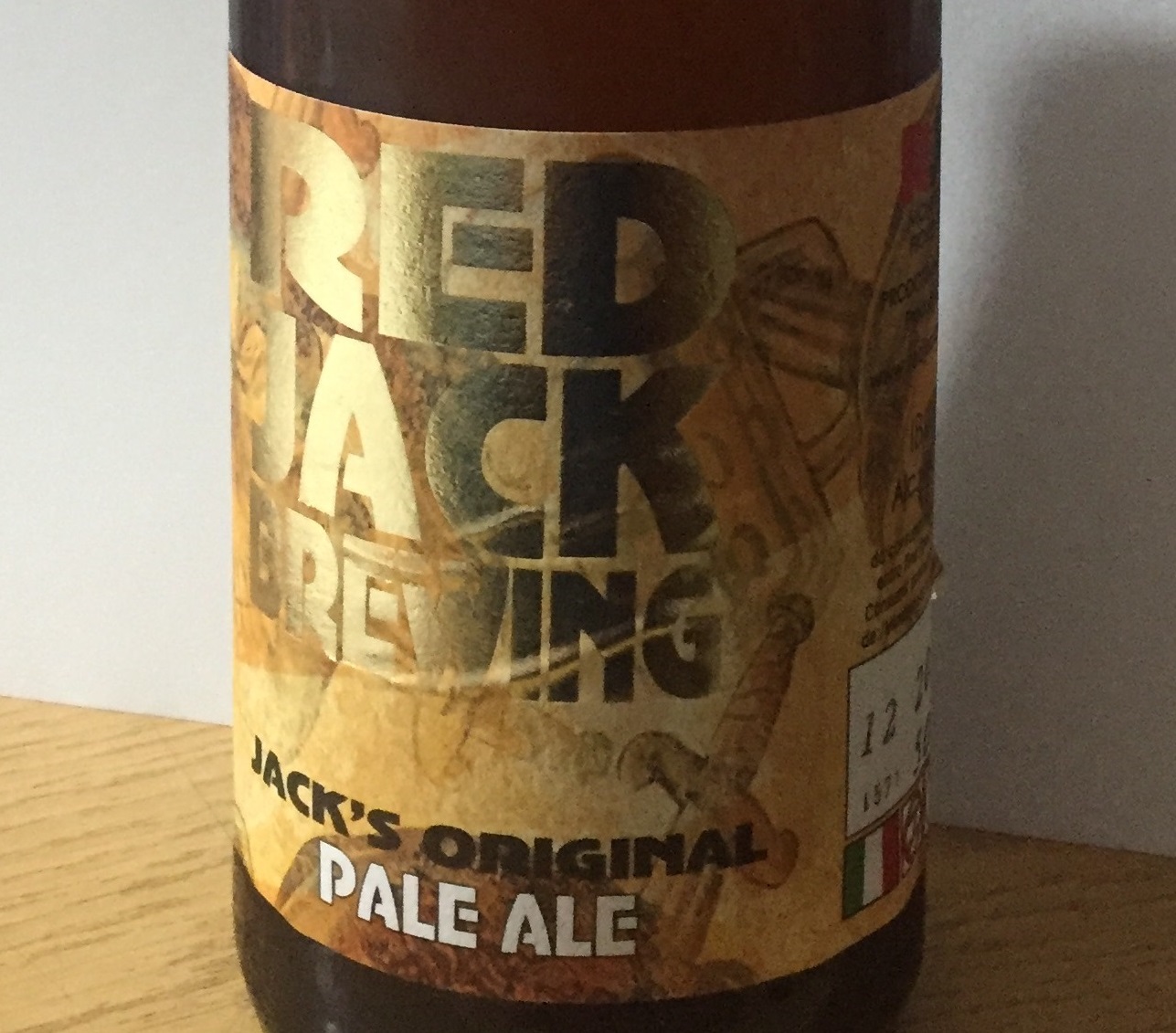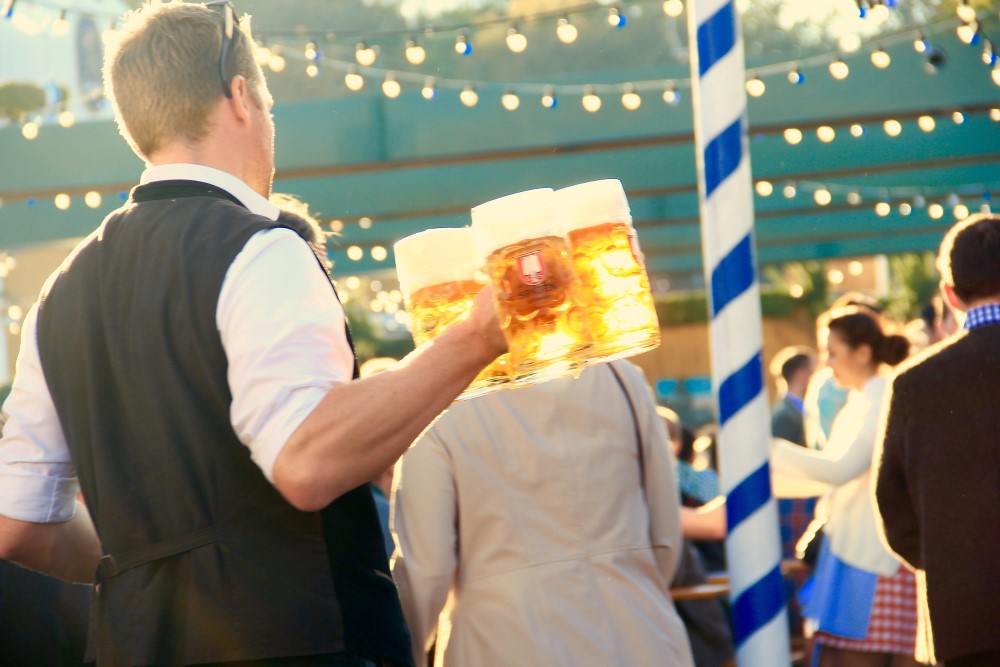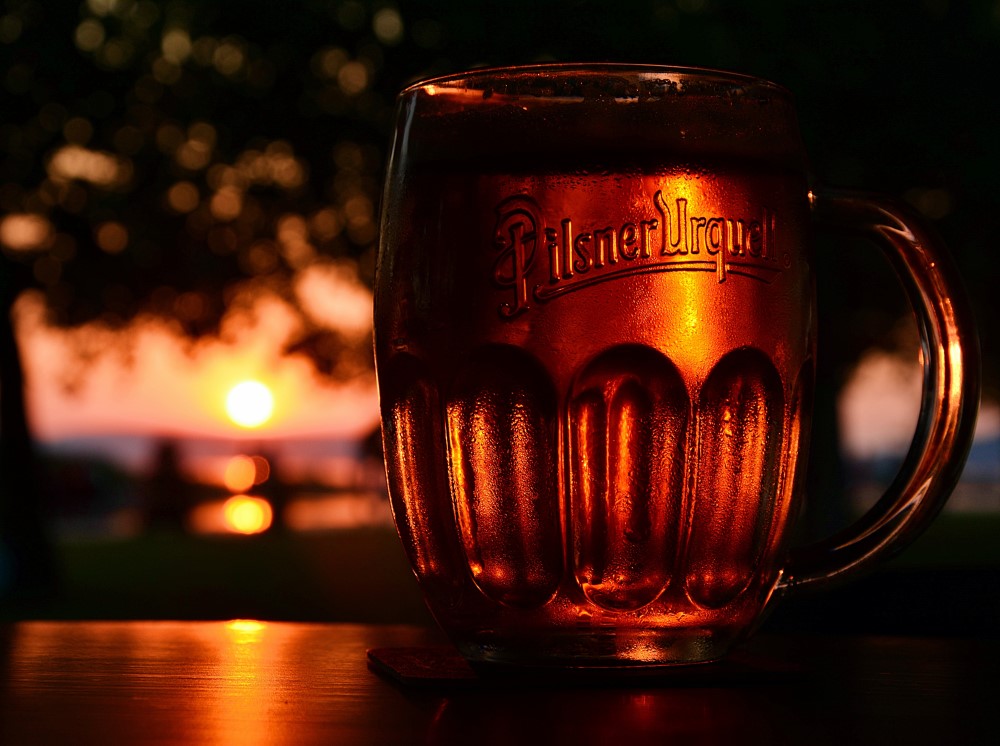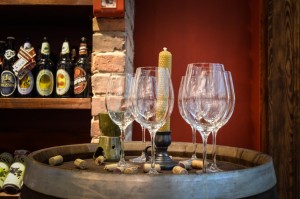
As we have seen in the previous posts, in the world of beer a characteristic that is not lacking is definitely the variety: various types of malts, various species of hops, various types of fermentation and many beer styles with as many variations.
Precisely for this countless variety of brewing types, each with their organoleptic, taste and sensory characteristics, it is important to know that every style of beer (or groups of beer styles) is associated with a different type of glass. These glass shape characteristics can highlight or not the properties of the beer we are tasting. So you have every right to claim the right glass when you go to the bar!
A main differentiation can be carried out on fermentation types: top, bottom and spontaneous. Particular attention should be paid instead to British, German wheat and those of Abbey or Trappist beers.
bottom fermentation (pils, export, hell, lager): the glass for this type should be high, cylindrical-conical and of a narrow shape, due to the delicate aroma of these beers and maintaining the right amount of foam to protect the beer from alterations such as oxidation.
top fermentation (strong ale, white beers and craft beers): for these beers the edge should be slightly flared, considering their intense aroma.
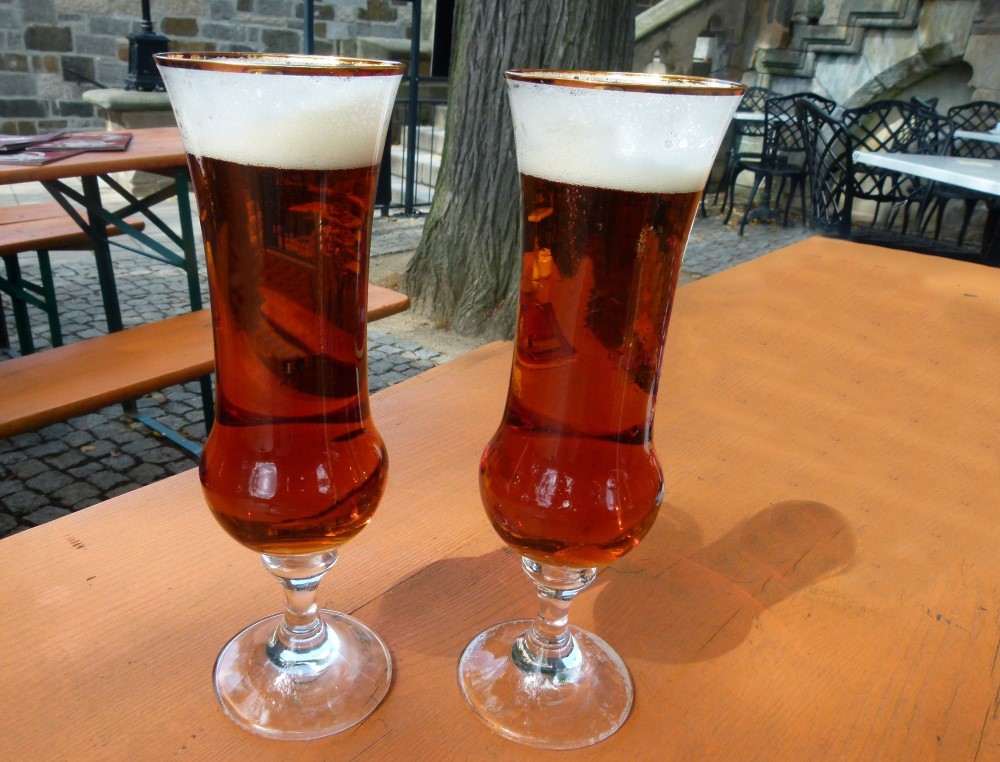 spontaneous fermentation (lambic, Gueuze): for these very special beers the glass should be paunchy, slightly flared at the top and a little pot-bellied. Always better, use the glass provided by the manufacturer.
spontaneous fermentation (lambic, Gueuze): for these very special beers the glass should be paunchy, slightly flared at the top and a little pot-bellied. Always better, use the glass provided by the manufacturer.
British (various types of ale and stout): for these classic beers by real pub drinkers, the glass should be of cylindrical shape, flared towards the other: the classic pint or “half pint”.
German wheat beers: for these beloved beers, especially in summer, the glass must be long, slender and large to enhance the aroma and flavors of these specialties.
Abbey or Trappist beers: for these important beers, very complex, the glass must be paunchy, large, slightly flared, the so-called “balloon” may be needed.
Special consideration for a very special glass, the so-called Teku, considered the universal cup, which allows the development of all the scents, and aromas, of any type of beer. Its name combines the initials of the two persons who conceived and designed it: Teo Musso, master brewer of the famous craft brewery Baladin and Kuaska, distinguished taster of beers.
So you wonder, for every style its own glass or Teku for all?
I think that, before the nectar of Gambrinus, unless served in a plastic cup, I wouldn’t have this problem!
Peace and Beer!
Niccolò Maggini



